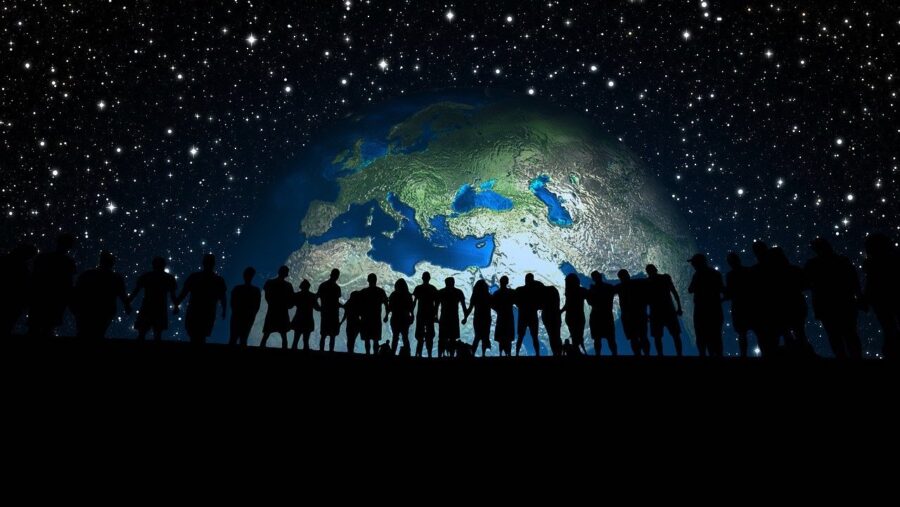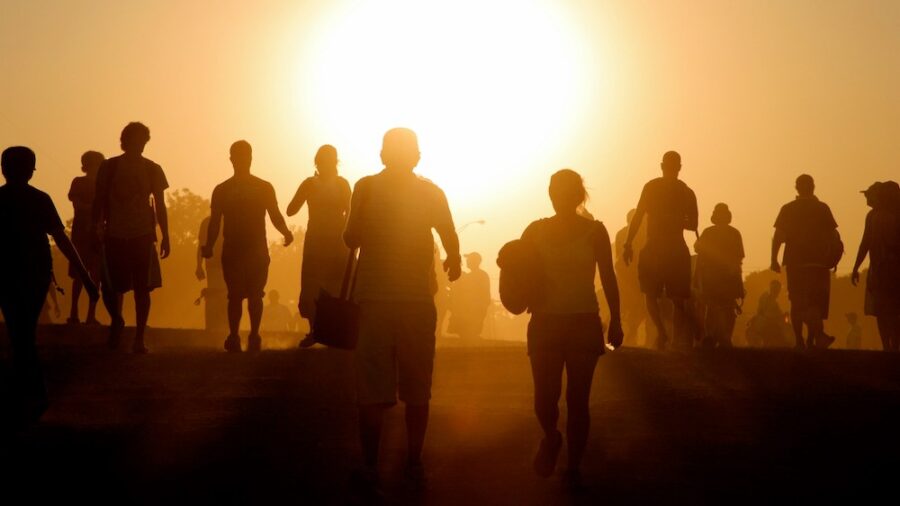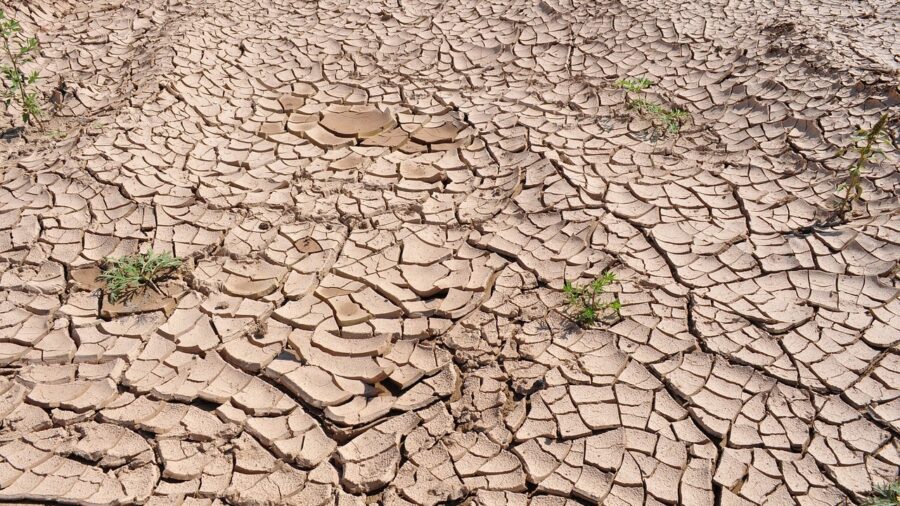Global Population Declining For Next Several Years, Humanity Heading Towards Extinction?

In a recent study released by the Institute for Health Metrics and Evaluation (IHME), the decline of the human population may start within this century.
Already, half of the countries in the world have fertility rates below what is needed to maintain population. Additionally, more countries are heading in the same direction, leading to a global population decrease.
Massive Population Decrease

According to this study, by 2030, roughly three-fourths of all countries in the world will experience a population decrease. by 2100, 97 percent of countries will struggle with a decline in citizens.
In some cases, the decrease may not be quite as fast as predicted above. This study suggests that the global population will drop below replacement levels by 2030. The United Nations is a little more optimistic. They estimate that global population declines will occur closer to 2050.
Fertility Rates Declining

This isn’t new information. Fertility rates have been steadily decreasing globally since 1950. In the 1950s, the average number of children born to one woman was roughly 4.84. In 2021, it was 2.23.
Having roughly 2 to 2.1 children born per female is ideal for maintaining the population. If fertility rates stabilized now, the world would maintain a relatively steady number of people. However, that’s not the case. It’s expected that by 2100, the fertility rate would be closer to 2100.
Below Replacement Levels

While the global population will decrease, roughly six countries will still have fertility rates at or above the replacement level.
The replacement level is considered to be an average of 2.1 births per woman. These six countries are Somalia, Tonga, Niger, Somoa, Tajikistan, and Chad.
This population decrease will lead to staggering changes throughout the world. It will change the way the global economy works and the balance of power. Social changes and new policies will have to adapt to keep up with population shifts.
Some Positives?

While this can be concerning, it’s not necessarily bad.
There are positives of a lower global population, including food security and a healthier environment.
One of the biggest struggles will be the period before the global population decline. As Stein Emil Vollset of the IHME said, “The world will be simultaneously tackling a ‘baby boom’ in some countries and a ‘baby bust’ in others.”
Time Will Tell

The fertility rates have been decreasing for decades but the world won’t see actual decreases in population for some time.
According to IHME, the population will peak around 2064 at roughly 9.7 billion. The United Nations found that it would be closer to the 2080s with a peak of 10.4 billion.
Though the two studies don’t necessarily agree on the numbers and dates, they do agree that the population will continue to increase for some time longer before starting to drop near 2100.
Extinction, But Not Soon?

This could signify humans are heading to extinction but it won’t be any time soon. Even by 2100, there will be a global population of over 8 billion. It may decline from then on but it would take many centuries before humanity saw something close to extinction.
That’s also only assuming everything stays the same over the next several hundred years. More likely, situations, social behaviors, and families will continue to change. At some point, fertility rates may increase again, well before a decreasing population becomes a problem.
Source: Firstpost








